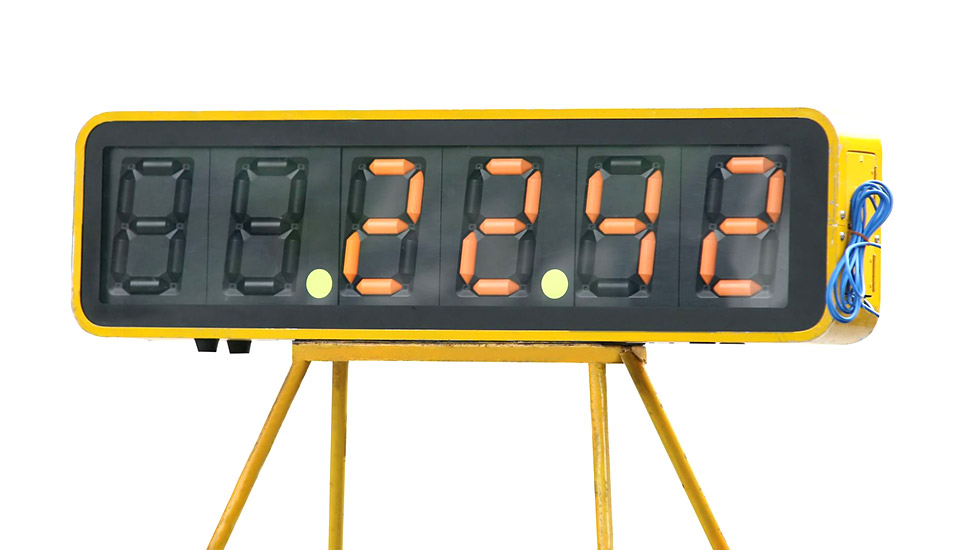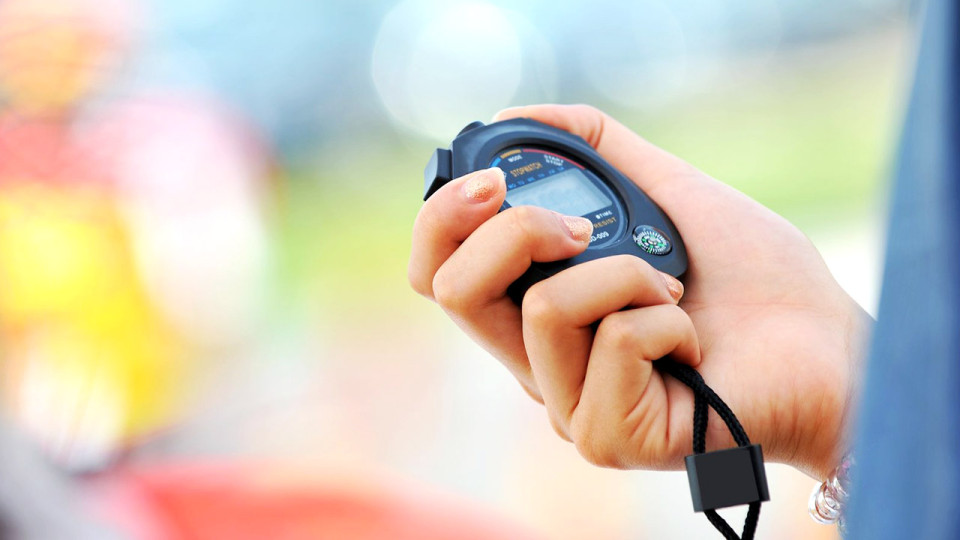Runners who choose to participate in an organised race may be confused over their finishing times. Newcomers to running are often confused as to why chip timing and gun timing often used in races can have dramatically different results.
In order to determine the most accurate finishing time, it is important for you to know the difference between chip and gun timing and how they are calculated.
Gun Timing
Using a gun to start a race has been a longstanding tradition and was one of the only reliable methods for timing before the advent of modern technology. At the beginning of most major races, a gun is fired into the air as a way to indicate the official commencement of the event.
A timer is started immediately following the gunfire. Even if it takes a runner several minutes to cross the start line during a major event such as a marathon, they are still being timed from the moment the gun is fired until they cross the finish line.
This can result in a much slower finishing time than what the runner actually ran. Although certain race organisers choose to sound a horn instead of using a gun to start the race, the theory for this timing method remains the same.

Chip Timing
This timing method is also known as net timing. As a way to calculate each participant’s time more accurately, runners are given special electronic timing chips. Runners receive a chip prior to the race that has been programmed with their own information.
In large races with thousands of participants, it may take runners at the back of the starting pack more than 20 minutes to cross the start line after the race officially begins. These chips do not begin timing until the runner has crossed the start line and stop timing the moment the finish line is crossed. Mats placed on the ground at the start and finish lines act as sensors for the timers.
There are a few different types of timing chips. The most common type is an electronic timing chip that is attached to a runner’s shoe by using the shoelaces to secure the device. Ankle straps containing a chip are also commonly used. Modern technological advancements have even made it possible for a timing device to be attached to a runner’s race bib number.
It is important for runners to make sure that these running chips remain visible and unobstructed throughout the race so that they can accurate calculate the start and finishing times. Depending on the type of chip, you might need to turn these chips into race officials following the event in order to receive a recorded finishing time.
Split Timing
In addition to the gun and chip timings, many marathons and other longer races use split timing so that runners can gauge their progress over the course of the event. At certain points throughout the race, such as at the 5km and 10km marks, runners can see their race times up to those points so that they can know whether or not to pick up the pace in order to achieve a desired finishing time.

Timing for Qualifying Races
Runners who are trying to qualify for major races that have strict qualifying time standards will need to be aware of which timing method is acceptable. A large number of these races will accept runners who have met the qualifying time standard with a chip timer. However, certain races only accept results that are calculated using the gun timer.
Which Timing Method Works Better?
This depends on each racer’s individual goals. Beginning runners who are more likely to start at the back of a pack during a large race will likely benefit from using a chip timer because the time it takes to cross the start line will not go against the finishing time. Racers at the back of the starting pack will also likely feel less anxious and won’t feel the urge to push their way to the front and cause injuries to other runners if chip timing is used. However, using gun time is sometimes held to a higher standard by some racers and race organisers because they consider the even to be a true race instead of just an individual time trial.
Each method of timing has its advantages, and it is up to organisers to decide which type of timing should take precedence in a race. Racers who are familiar with these timing methods will also be able to race with a clearer head and focus on their individual race goals instead of worrying about how they will be timed!





